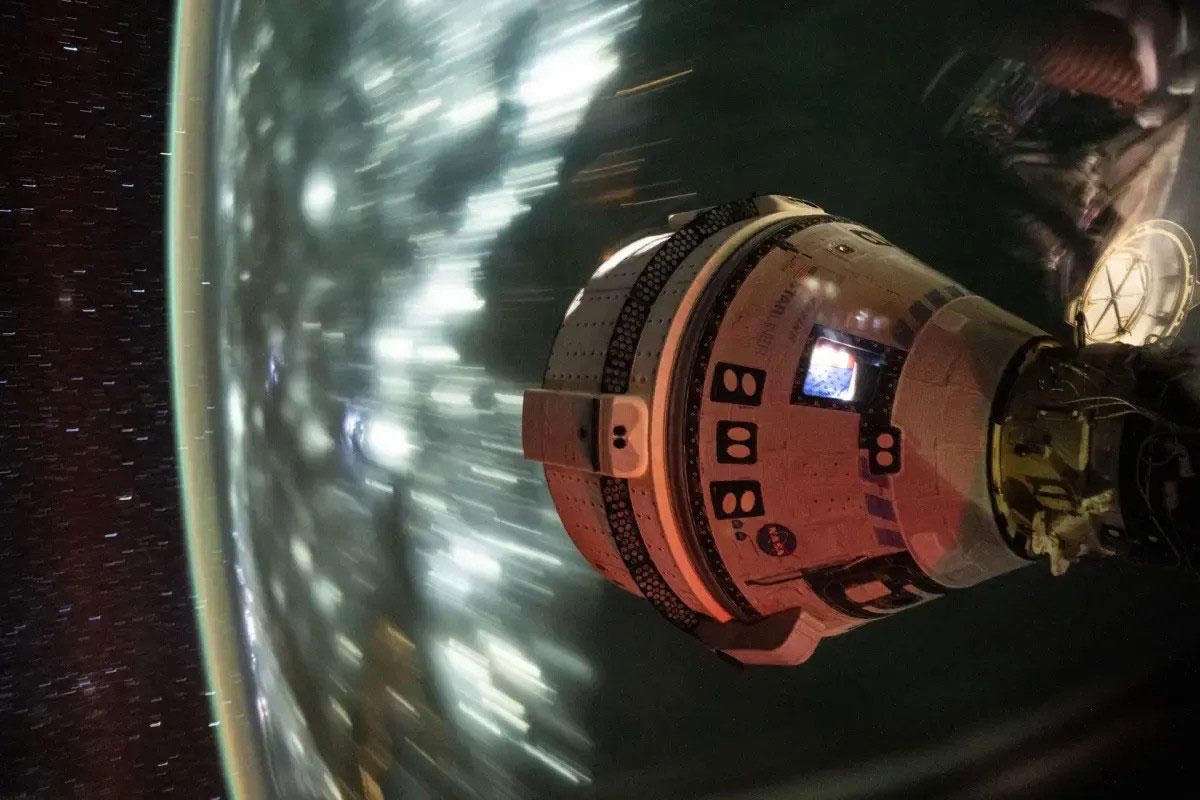

ORLANDO, Fla. — NASA and Boeing completed tests on the ground looking to mirror conditions that led to problems with the CST-100 Starliner that still awaits the go to bring home a pair of astronauts from the International Space Station.
Butch Wilmore and Suni Williams docked Starliner at the ISS back on June 6 on the Crew Flight Test mission one day after launching from Cape Canaveral Space Force Station atop a United Launch Alliance Atlas V rocket.
What was originally planned to be just an eight-day stay on board the ISS has stretched to more than six weeks because of issues with helium leaks and thruster shutdowns on Starliner’s propulsion module as it approached the station.
While NASA has signed off on Starliner as safe enough to get its two NASA astronauts home in case of an emergency, it’s taking its time to look into as much data as possible about the thrusters and helium leaks before giving them the green light to come home and complete the CFT mission.
After docking, the helium lines were shut down, so no more leaking has occurred, but it will begin again once it undocks. NASA has said the spacecraft, though, has ample helium supply to make the trip home. As far as the reaction control thrusters, which are needed for small position corrections, NASA was able to get four of the five that failed on approach back online, although at lower power levels.
It’s a similar issue seen on the previous Starliner flight, the uncrewed Orbital Flight Test 2 in 2022.
A big issue is the problem propulsion hardware, housed on what’s called the service module, won’t make the flight home along with the crew capsule as it is jettisoned before reentry.
So teams took a surrogate engine for hot fire testing at NASA’s White Sands Test Facility in New Mexico, which was completed last week, mirroring both conditions Starliner experienced on the flight up as well as conditions expected for the return home.
Now teams will evaluate all the test firing data and inspect the engine with work expected to last through this week.
“I am extremely proud of the NASA, Boeing team for their hard work in executing a very complex test series,” said Steve Stich, manager, NASA’s Commercial Crew Program in a press release. “We collected an incredible amount of data on the thruster that could help us better understand what is going on in flight. Next, our team has moved into engine tear downs and inspections which will provide additional insight as we analyze the results and evaluate next steps.”
Before NASA will let Starliner undock, Stich said it has to go through an agency flight test readiness review, and that date has yet to be identified.
Stich previously said that return flight could occur before the end of July, but could also remain on station into mid-August with only the launch of the replacement Crew-9 on a SpaceX Crew Dragon looming next month that would cause a traffic jam.
The CFT mission aims to be the last step before NASA signs off on Boeing to begin the first of six contracted flights to ferry crew to and from the ISS before the station’s retirement as part of NASA’s Commercial Crew Program.
SpaceX is more than four years ahead of Boeing’s efforts as part of the program, and is in the midst of its eighth operational mission to the ISS.
——-
©2024 Orlando Sentinel. Visit at orlandosentinel.com. Distributed by Tribune Content Agency, LLC.
© Copyright 2024 The Orlando Sentinel. All rights reserved. This material may not be published, broadcast, rewritten or redistributed.
